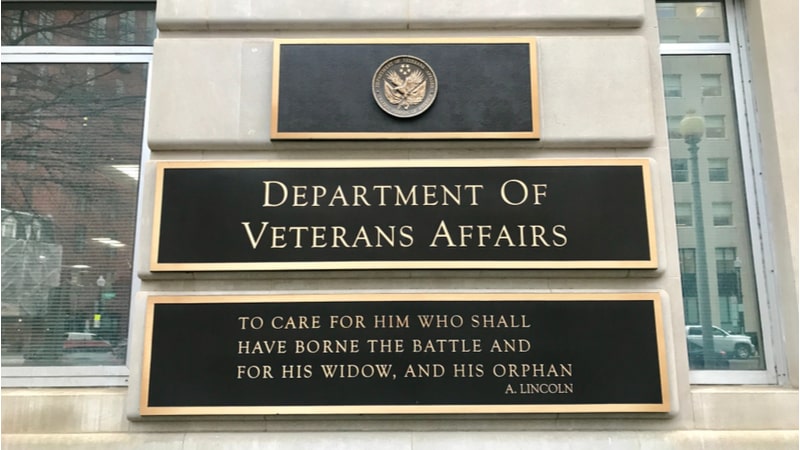
The Department of Veterans Affairs (VA) is coming under fire once again for an inefficient IT program, with members of the House VA Subcommittee on Technology Modernization Oversight expressing their concern this week over the VA’s Beneficiary Travel Self-Service System (BTS-3).
BTS-3 is an online system veterans use to receive reimbursement for their travel to and from medical appointments. However, a May 2023 VA Office of Inspector General (OIG) report revealed that the system is not working properly and did not meet any of its implementation goals.
“BTS-3 causes confusion and frustration for veterans across America, who count on receiving travel reimbursements when their VA medical appointments are not available close to home, which based on the $2 billion a year expense associated with this program, is quite often,” subcommittee Chairman Matt Rosendale, R-Mont., said during a hearing late Tuesday.
The VA awarded the BTS-3 contract eight years ago, but the OIG report shows that, as of last year, only 34 percent of travel reimbursement claims were being submitted electronically.
The program set a goal to simplify the travel reimbursement process for veterans by auto-adjudicating 90 percent of the claims. Yet, as of last year, the system was only able to auto-adjudicate about 40 percent.
“A majority of those claims had to be keyed into the BTS-3 system manually. Worse, the software is completely unable to auto-adjudicate travel reimbursements for community care. So, 100 percent of those claims have to be manually reviewed,” Chairman Rosendale said.
“More than four years after the system was rolled out, the VA still does not have a good solution for that. VA actually had to add about 140 more employees to process the travel claims manually,” he added.
The VA’s budget for the project started at $11 million. However, Carrie Lee, the VA’s deputy chief information officer (CIO) for product engineering service, told lawmakers on Tuesday that the agency has already spent an estimated $36 million on the IT system – not including additional costs for the extra 148 employees.
“Once again, we’re left to spend millions of dollars reengineering a system that doesn’t work,” Chairman Rosendale said. “I want to ensure the veterans that we will be closely monitoring this system and insisting that the VA extensively test any new software before rolling it out.”
“It seems that we hear the same issue every time we talk about a VA IT modernization effort, poor requirement developments, poor change management, poor governance structures, millions of dollars spent on programs that don’t meet VA’s needs,” added Ranking Member Sheila Cherfilus-McCormick, D-Fla. “It’s long past the point where we must have a conversation about why the VA cannot learn from its past mistakes.”
Nevertheless, since the release of the OIG report, the VA said it has taken steps to address the system’s failures.
“All but one of the OIG recommendations have been remediated and closed out. The remaining recommendation related to auto-adjudication was launched this past month,” Ryan Heiman, the VA’s deputy executive director for member services, told lawmakers.
Additionally, Heiman said the veteran-facing experience of the BTS-3 system will be transitioned to the VA.gov platform over the next 18 months, “providing seamless integration with other digital health solutions.”
VA Chief Technology Officer (CTO) Charles Worthington also told reporters last week that the VA also plans to eventually bring this system over to the VA: Health & Benefits mobile app, which is receiving high praise from veterans.
